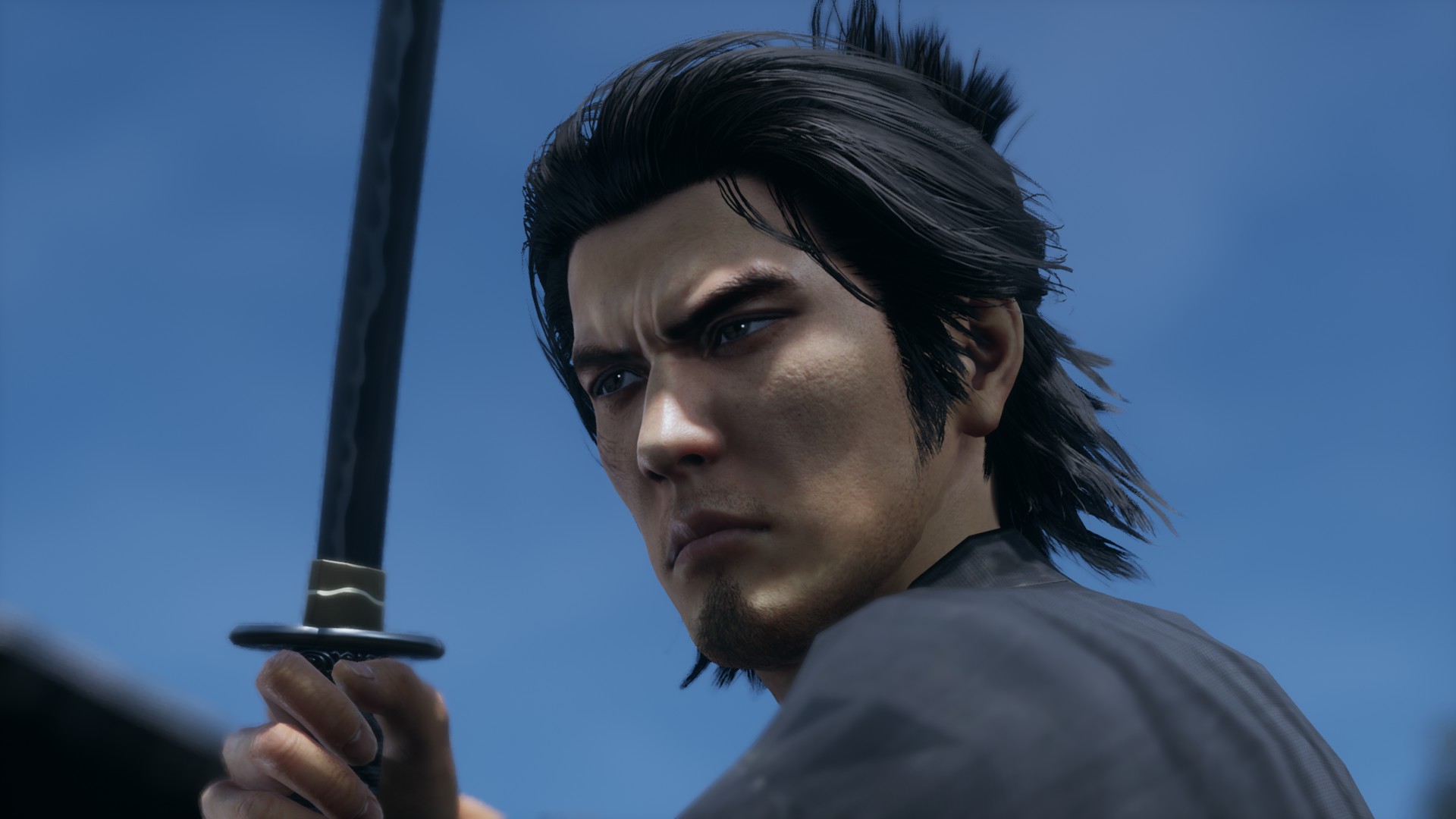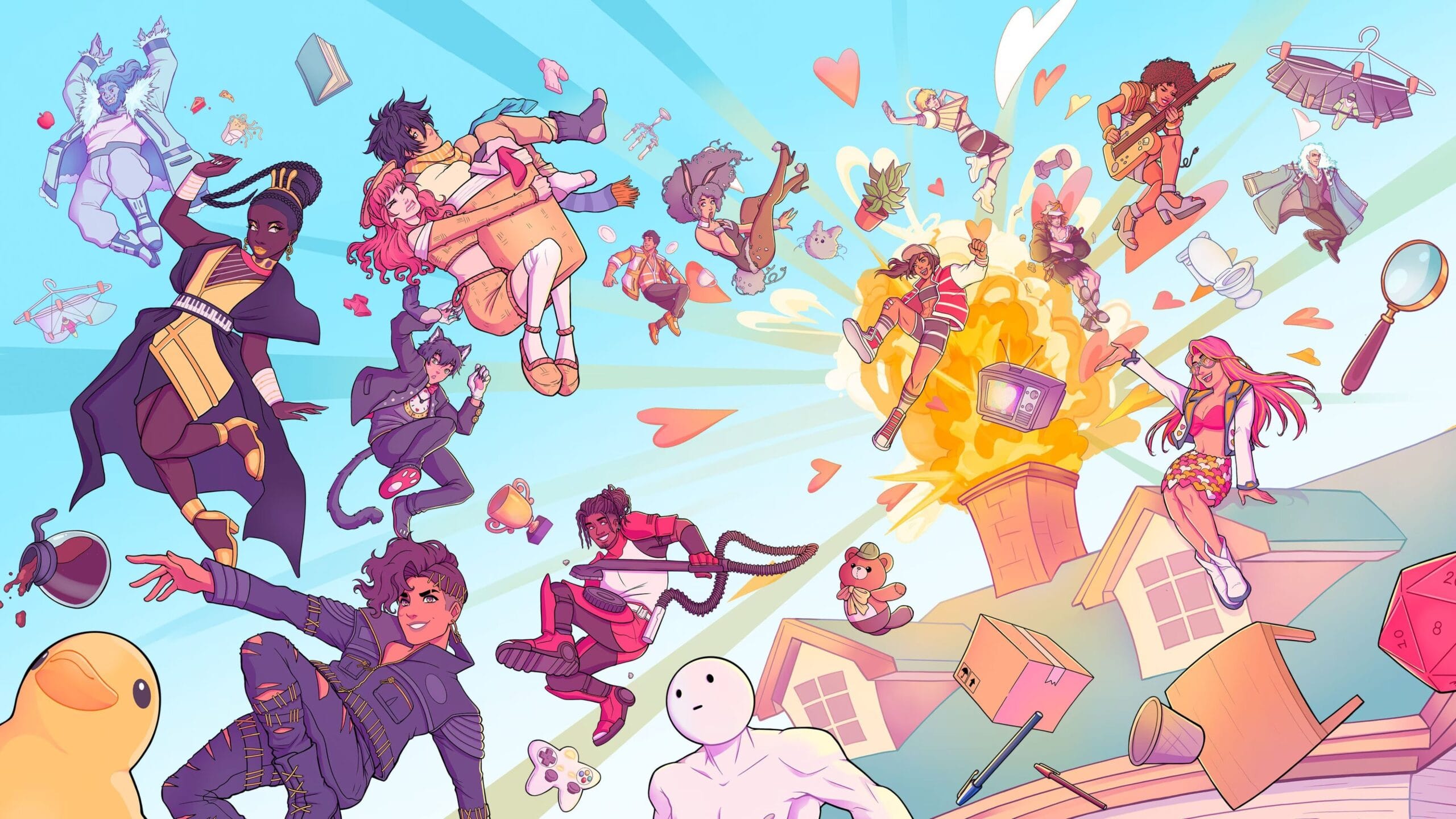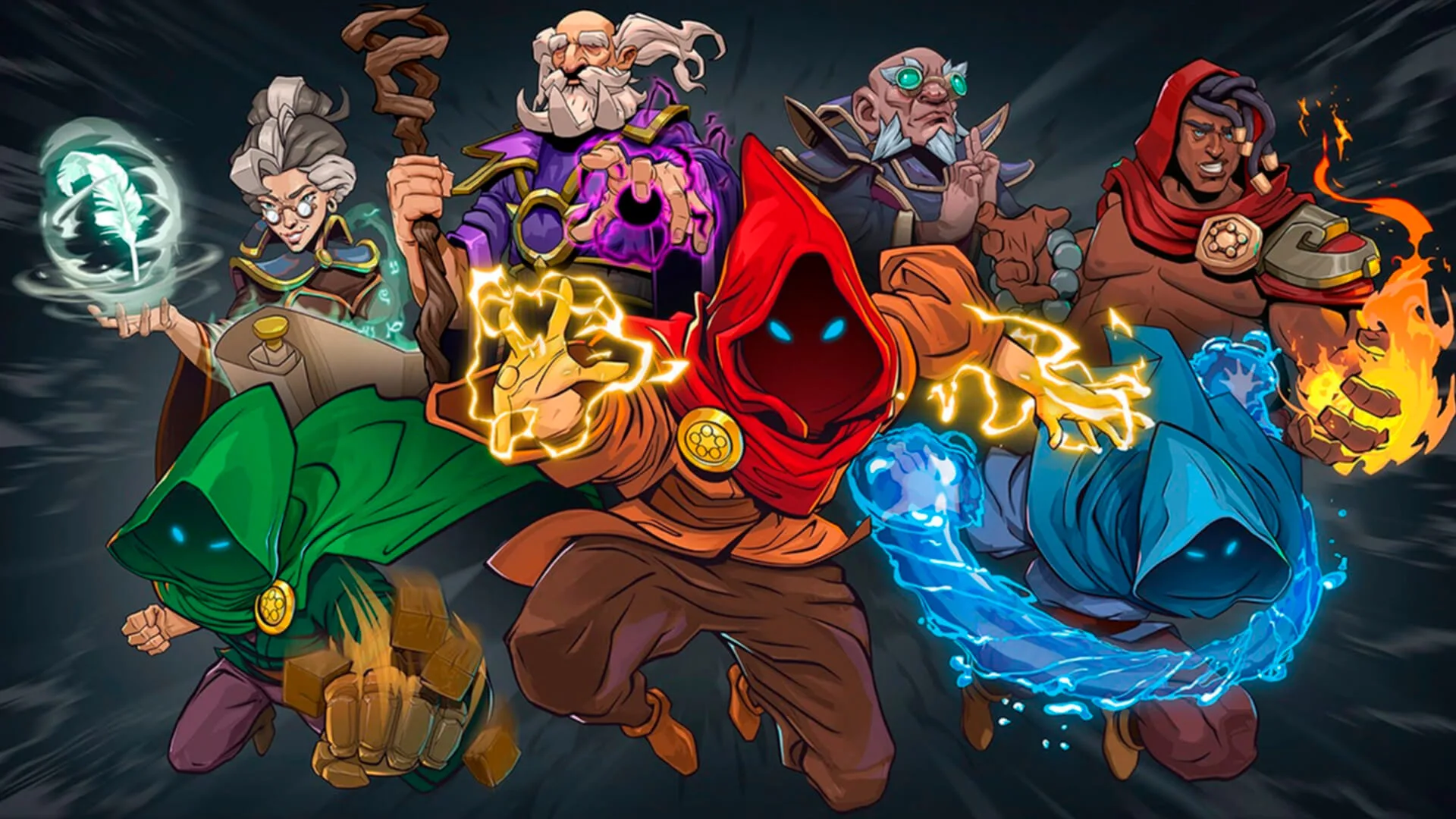Like a Dragon: Ishin! is a remaster and semi-remake of the original game Ryū ga Gotoku Ishin! which was released exclusively in Japan in 2014. The franchise formerly known as Yakuza in the west has now transferred to use an English translation of the original Japanese franchise name, Like a Dragon. While the bulk of the main series of games has been set in the modern era and examines the various inner workings of the criminal underworld of Japan, this game instead throws the setting back to the mid-19th Century.
I confess to having learned zero Japanese history in school besides the Second World War, and hence not being familiar with a lot of the details of the setting (which I was then inspired to research a lot more about). Like a Dragon: Ishin! Is set at the end of the Edo period, which was a 265 year period of Japanese history when the country was ruled by the Tokugawa Shogunate. The country was organized in a strict feudal system with the Emperor of Japan nominally at the top, but in reality all political power was vested in the shōgun, who was essentially a military dictator. You assume the role of Sakamoto Ryōma, a famous Japanese samurai involved in trying to overthrow the shogunate, as he seeks to avenge the death of his adoptive father and assist his brother in tracking down the killer.

The entire main story of the game is based on real history and events in the run up to the Meiji Restoration, but naturally many elements have been exaggerated for artistic licence. The game transposes many of the characters from the mainline Yakuza/Like a Dragon series into this setting, so that Sakamoto Ryōma is visually Kazuma Kiryu (as well as the same voice actor), Okita Sōji is Goro Majima and so on. This makes it feel very much like an alternate history game, even though there is no direct connection to any of the mainline Yakuza/Like a Dragon games and they weren’t telling real history to begin with.
As with all Yakuza/Like a Dragon games the main story is the driving force propelling you forward, and although the world is peppered with numerous side stories and activities, none of them have the appeal and production values of the central narrative. In-game cutscenes usually look decent and tend to be mostly voiced, while the cutscenes all look amazing (having clearly been redone for this remake). All of the Japanese voice actors put in great performances as usual, with praise going to Takaya Kuroda as Ryōma, who plays the role very similarly to Kiryu but with subtle differences. The intrigue of the story and the various twists and turns it takes are very entertaining, even if the exposition can sometimes be doled out rather slowly.

Combat is an evolution of that found within other Yakuza/Like a Dragon games. There are four distinct styles: Brawler, where you perform hand-to-hand combat, Swordsman, where you unleash your samurai skill, Gunman, where you can make use of Ryōma’s infinite ammo pistol, and Wild Dancer, where you have a sword in one hand and a pistol in the other, allowing you to swing your sword and shoot your pistol simultaneously, pirouetting around like the spawn of Zorro. Each fighting style feels distinct and can normally be seamlessly switched between, meaning you can use Swordsman to great effect for one-on-one fights, while Wild Dancer is great at clearing out a whole bunch of enemies. Each of these styles has their own skill tree and unlock system, allowing you to improve your abilities and proficiency with each style.
After a while you also gain access to a card system which will allow you to equip “troops” who can be summoned during combat to perform special moves. Many of these can be very amusing or powerful, such as what are essentially magic spells, or summoning Yama-Goroshi, who is literally a bear who will knock enemies down and slash at them with his claws. As well as that the heat system returns from earlier games, allowing you to pull off devastating finishers such as running someone through with your sword, flinging them into a river, or smashing a statue over their head.

There are also plenty of side activities to engage in should you fancy, including fishing, karaoke (yep it still exists in the 19th Century) and chicken racing. Alongside this there are the side missions; little narrative slices of life the likes of which the Yakuza/Like a Dragon games are famous for. These can be funny, endearing or serious, and range from helping an elderly woodcutter to chop wood, listening to a lady recount very long and detailed stories, to taking down a criminal gang kidnapping people into slavery. By completing these side activities you gain Virtue, which can then be spent at shrines to unlock various bonuses. There is also sword crafting, where you can slowly improve the damage and abilities of your weapons using materials picked up from defeated enemies around the world.
Like a Dragon: Ishin! takes the same approach to open-world design as do earlier games in the franchise, offering an open hub instead of a vast sprawling world. Rather than the cramped streets and neon signs of Kamurocho, instead you’ll be navigating the streets of 19th Century Kyo (known as Kyoto today). Kyo can sometimes feel a little lifeless compared to Kamurocho but it generally is a fun environment to explore, and does feel surprisingly large thanks to how the districts are segmented off from each other. Graphically it’s not going to blow anyone away either, but it can feel quite atmospheric at times.

Like a Dragon: Ishin! is absolutely another Yakuza/Like a Dragon game. If you love this style of game, and are ready for the sometimes slow pace the story moves as well as some of the more frivolous side activities and stories, you’ll get exactly what you were hoping for plus plenty of fun surprises. However for those who either haven’t tried the franchise or have dipped in before only to bounce off, this game doesn’t offer any evolutions on the formula which might tempt new players, beside the historical setting itself. But if you even have a passing interest in Japanese history, you can learn a surprising amount from it.





